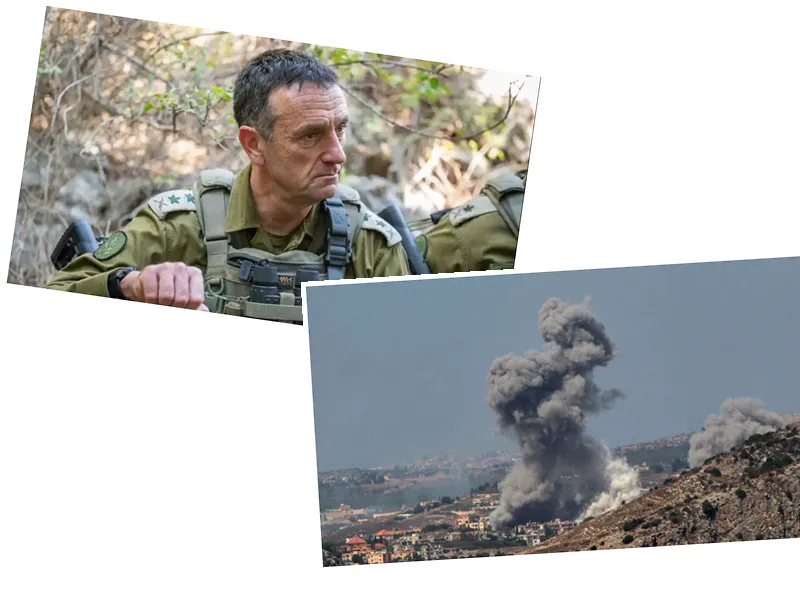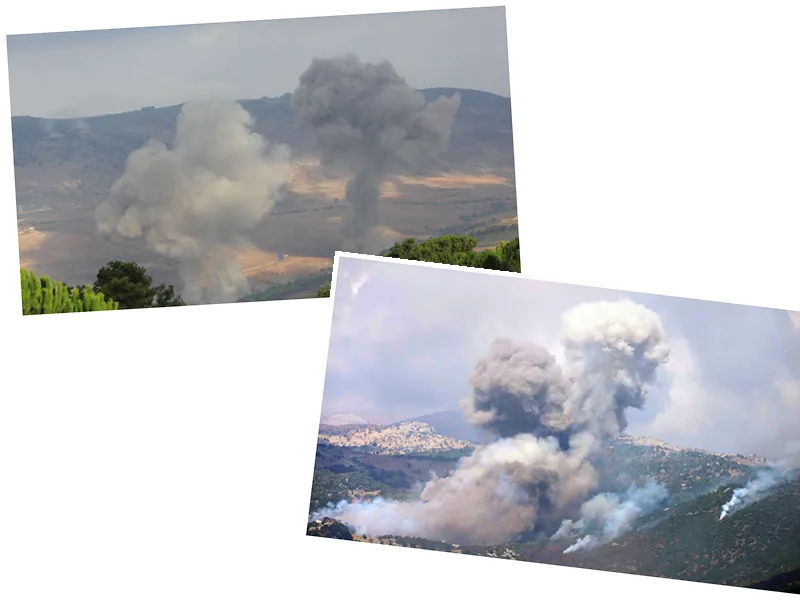The IDF is preparing for the third phase of the fighting in the Gaza Strip, as it continues to advance in key regions like eastern El Buraij and Deir el Balach. The Air Force has launched numerous attacks on targets, while the 162nd Division operates in Rafah and along the Philadelphia axis. Concurrently, the 99th Division is securing various corridors and re-establishing the American floating dock. The Gaza Division is following a specific operational plan to fortify security parameters.
Securing the Rafah crossing remains a significant focus for the IDF. Military forces intend to control the entire area to prevent terrorist infiltrations and unauthorized movement of Palestinian civilians, excluding Hamas. International negotiations concerning the passage from Cairo are ongoing, heavily influencing the release of hostages.
As the 162nd Division advances into Rafah, it continues to dismantle terrorist infrastructures and uncover weapons caches. However, activities surrounding tunnel discoveries in the Philadelphia axis area are kept confidential to maintain diplomatic relations with Egypt. Army officials indicate that Egyptian authorities may not be fully aware of all operations conducted along the border.
Strategic preparations for Phase III include assessing the disbandment of Hamas battalions and control centers. Future missions will involve targeted raids and airstrikes based on intelligence gathered. This phase will require meticulous planning and coordination between various military and intelligence units.
Meanwhile, the IDF General Staff is evaluating the potential threat from Hezbollah along the Lebanese border. Choices on the table range from political negotiations to preemptive military actions. The looming threat of conflict with Hezbollah requires readiness for various scenarios, including a full-scale war or a strategic campaign extension.
International warnings have been issued to Lebanon, signaling that Israel may launch an attack in June. The British and other international entities have cautioned Lebanon about the uncertain duration and scope of potential hostilities. The situation escalated recently with an exchange of strikes between Hezbollah and Israel, resulting in severe fires and increased military tension on both sides of the border.
Iran's involvement is also noteworthy, as Foreign Minister Ali Bagheri Kani visited Beirut to confer with Hezbollah's Secretary-General Hassan Nasrallah. Their discussions focused on the situations in Gaza and southern Lebanon, exploring possible regional developments and solutions.
The IDF has conducted multiple maneuvers along the border, simulating large-scale combat operations. These exercises have involved high-ranking officials to prepare for various scenarios, including potential expansions of the conflict involving the 146th Armored Division and the 205th Tank Brigade.
- Recent reports indicate that the Israeli Air Force continues to play a pivotal role in targeting and neutralizing threats within Gaza. The 162nd Division's operations in Rafah emphasize dismantling intricate networks of tunnels and weapon depots, crucial for long-term security aims.
- Strategic military exercises on the Lebanese border underscore Israel's focus on preparedness. These actions signal strong defensive and offensive capabilities to both local adversaries and the international community.
- The sensitive nature of tunnel operations near Philadelphia reflects the complexity of maintaining diplomatic ties with Egypt while addressing imminent security threats. The revelations about these operations could impact broader regional stability.






